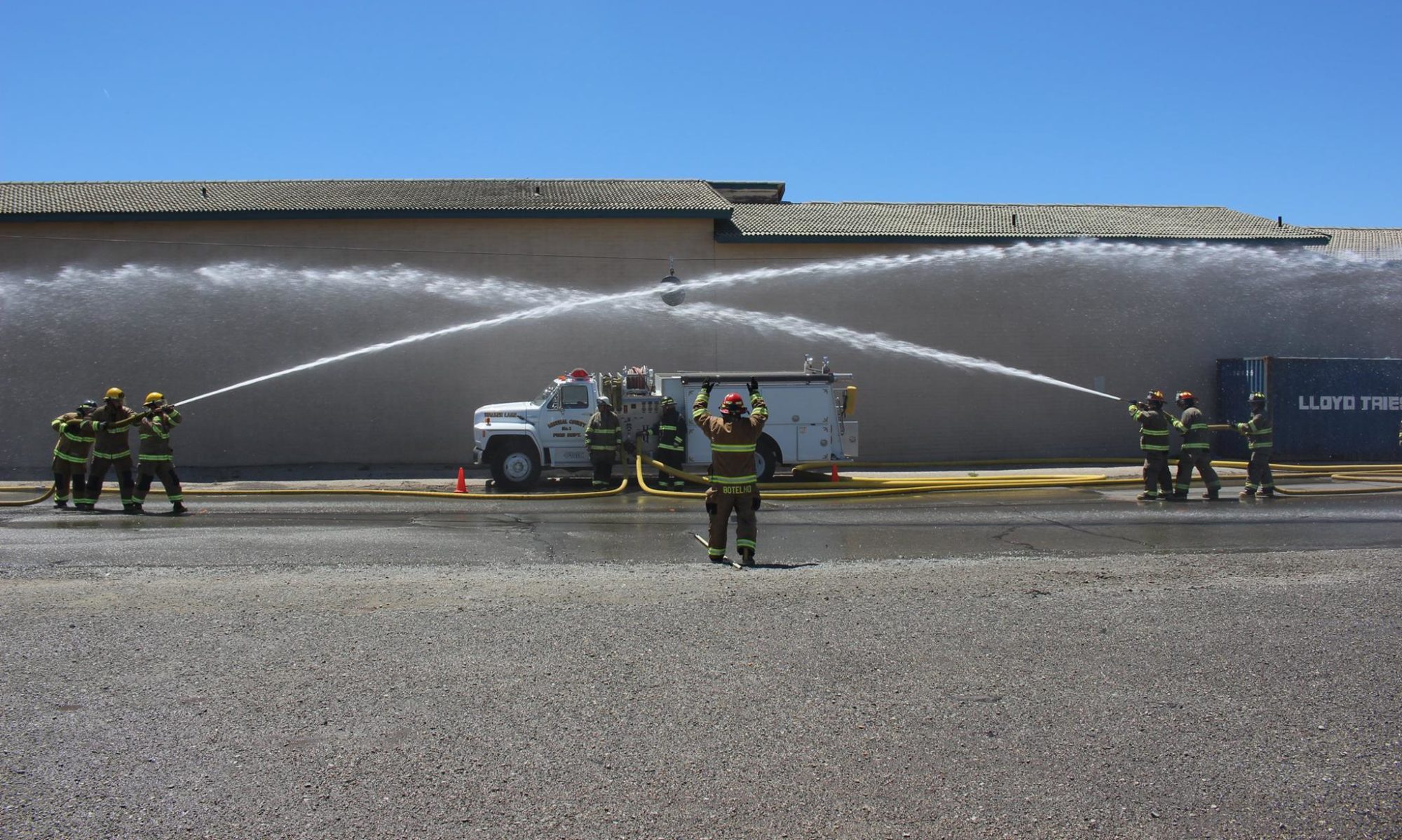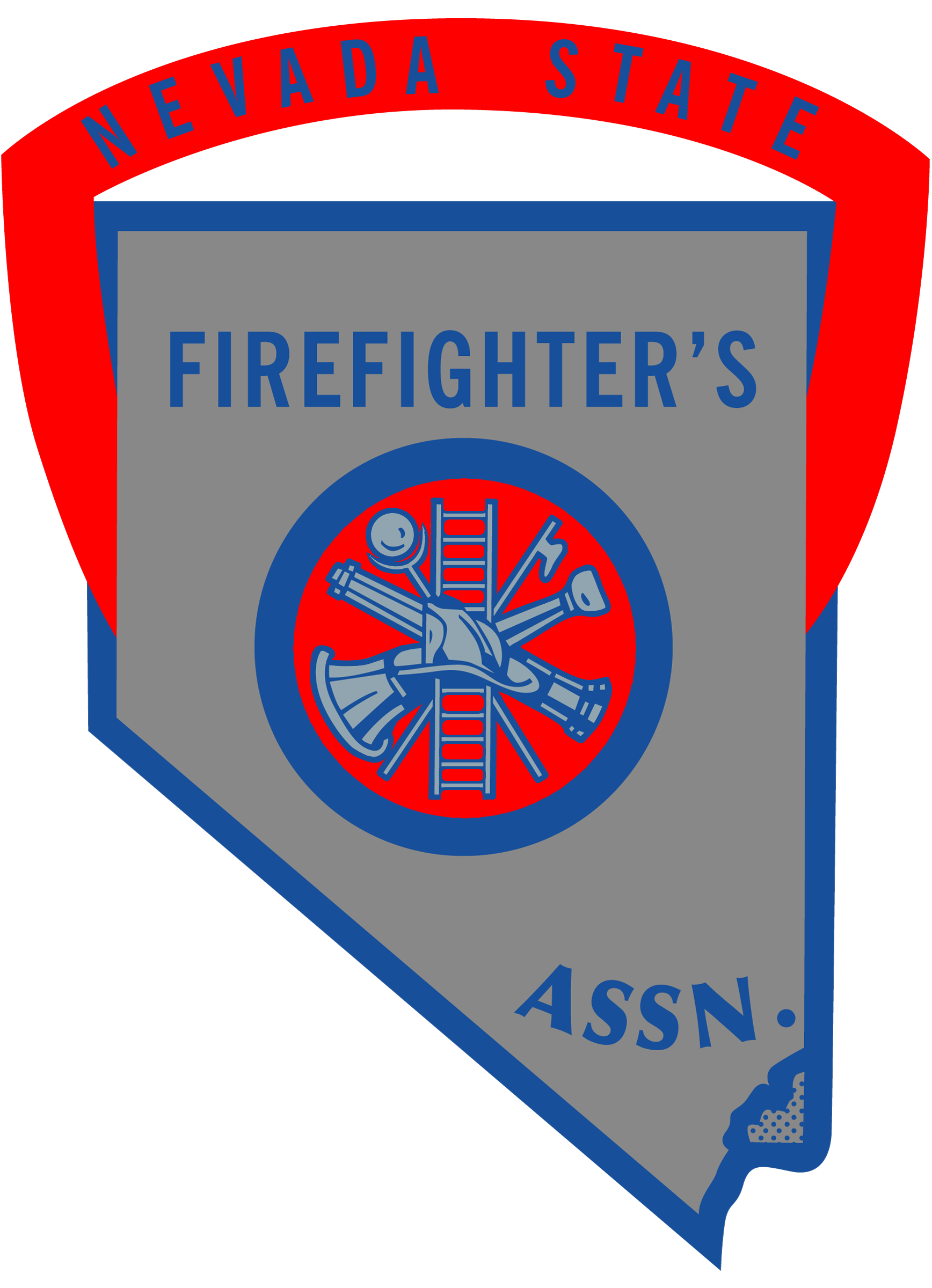
What Does OSHA’s Proposed Emergency Response Standard Mean to Your Fire Department?
OSHA is proposing a new Emergency Response Standard to replace the existing Fire Brigades Standard. This proposed standard imposes numerous requirements that would be infeasible for many volunteer fire departments to comply with. Below is a summary of some of these requirements and what questions you may ask yourself as you develop your public comments. The public comment period on this standard runs through July 22, you may submit comments here:
https://www.regulations.gov/commenton/OSHA-2007-0073-0118 and view additional resources to assist with public comments on the NVFC’s OSHA landing page here: https://www.nvfc.org/day-of-action-on-proposed-osha-standard/.
Approximately $14,000:
OSHA estimates that the annual cost for a small volunteer fire department to comply with this standard would be approximately $14,000. The NVFC believes the cost of compliance would be much greater. What’s your department’s budget? Could you absorb this expense? Is there any local funding source to assist you? Is this estimated cost of compliance accurate or is it underestimated? Why or why not?
Truck Check Training:
Only personnel with Department of Transportation training and chassis inspection training will be able to do annual and quarterly truck checks. Do members of your department have this expertise and is this training readily available to you?
Medical Exams:
Firefighters will have to pass an NFPA 1982 medical exam every two years, or annually if they’ve been exposed to products of combustion 15 or more times. FEMA grant allowance for these physicals is $1200 to $1400 per physical and actual costs can be much greater. Does your department have the resources to facilitate this for each firefighter? And regarding the threshold of 15, OSHA doesn’t adequately define what an “exposure to products of combustion” is and has no basis as to how they arrived at the arbitrary number of 15.
Officer Training:
All officers will be required to have training that meets or exceeds NFPA 1021 Fire Officer Training. This training is a one size fits all approach, outside the scope of many small departments, costly and not readily available. According to the National Associations Fire Training Directors, Fire Officer 3 training is only available in 26 states. Is this training readily available to you?
Brake Testing:
Your will be required to set up and conduct an annual brake test for all of your trucks. Do you have access to such a testing facility? Can you take your apparatus offline for such annual testing?
Mandate of Voluntary Consensus Standards:
OSHA’s proposed Emergency Response Rule would incorporate by
reference over all or portions of 20 plus industry consensus, effectively making them law. These standards are available to view for free online, but printed copies of these standards are not free. This limited access to consensus standards is particularly problematic since many volunteer fire departments in rural areas lack reliable internet access. OSHA should not be mandating departments to comply with standards they cannot readily access. What obstacles does your department face in retrieving these standards? Cost? Reliable internet access?
Administrative Tasks:
This proposed standard would require your department to:
- Create, annually review, and annually update a written community emergency response plan.
- Create, annually review, and annually update a written pre-incident plans for all high or special risk properties.
- Create, annually review, and annually update a written risk management plan for the department.
- Conduct a conduct a community vulnerability and risk assessment for your service area
- OSHA estimates that one-time setup of these various administrative requirements would take about 92 hours and an additional 43 hours to review annually. The NVFC believes much more time would be needed to comply with these requirements.
- Does your department have local funding for the hazard assessments of all buildings in your area? Additionally does your department have the administrative capability and expertise to fulfill these requirements? Are OSHA’s estimated hours needed for compliance correct?

